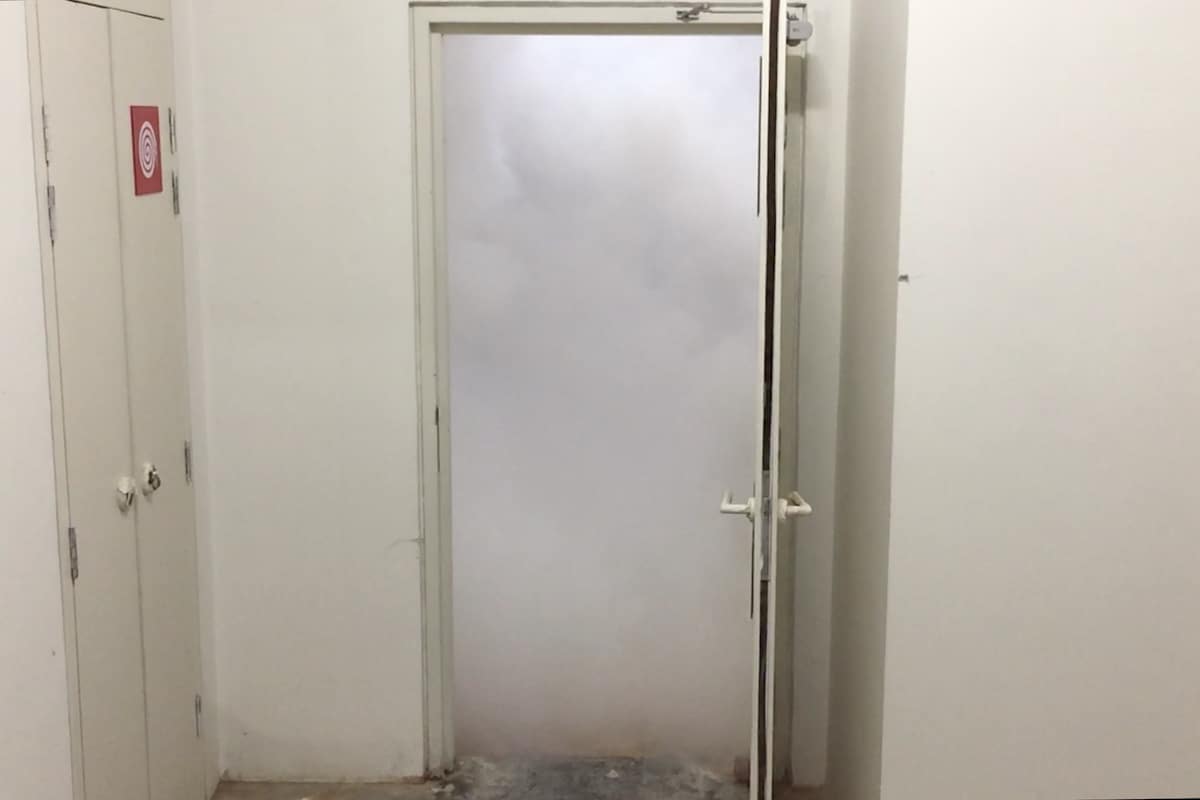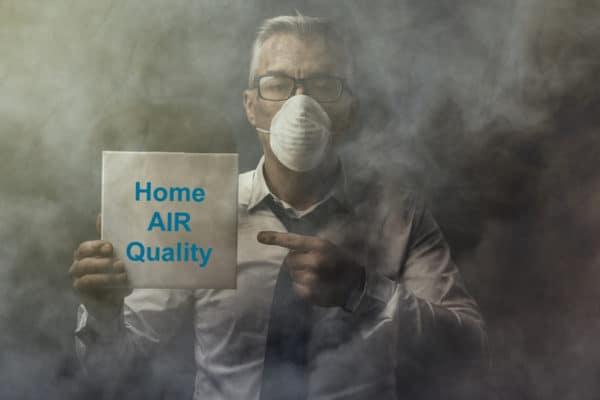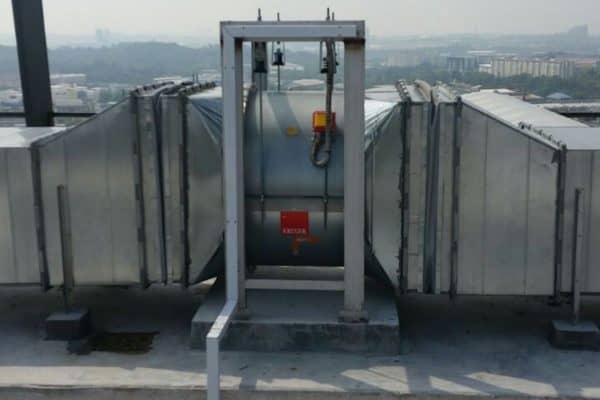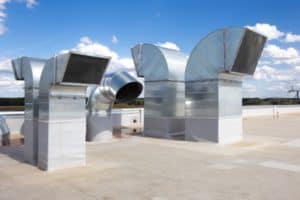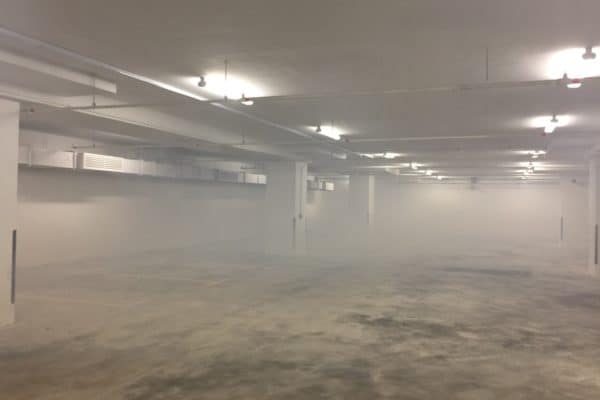Staircase and Lift Lobby Pressurization System Basics
In high-rise buildings, the staircase is the only escape route during a fire. Meanwhile, the service lift will serve as a quick path for firefighters to reach specific floors and put out the fire as quickly as possible.
During a fire, the smoke is more lethal than the fire itself. If people are escaping through the staircase, we must ensure that the smoke will not enter the staircase and slow down the evacuation.
Furthermore, in order for firefighters to safely and effectively use the service lift, we must ensure that the smoke will not enter the lift lobby as well.
Therefore, we have the staircase and lift lobby pressurization system.
In Malaysia, the responsibility falls into the person in charge of the ACMV (air conditioning and mechanical ventilation) who is also responsible for the air conditioning and smoke spill system.
“I personally think that the pressurization system is harder to get it work properly than the smoke spill system. It has more controls and variables to take care of.”
However, once you get it done, it is extremely satisfying to see it works like magic.
Staircase Pressurization System
In a high-rise building, there are usually two staircases that connect from the highest floor all the way to the ground floor. As for the basement, there are a few staircases that also connect from the lowest floor to the ground floor.
The staircase leads to a higher floor and the staircase going down to the basement must be separated. This is to ensure that the people escaping during a fire will never confuse or missed the ground floor exit.
So, if you are on a higher floor, you just need to go all the way down and you’ll reach the ground floor. Vice versa, if you are on a lower floor, you run up the stair to get to the ground floor.
However, this is only applicable to evacuation staircases. Intermediate staircases may not be the same. So, make sure you identify the evacuation staircases which will always have a clear exit sign.
Air Velocity
During a fire, a crazy amount of smoke will be generated and the smoke is lethal. Hence, the pressurization system draws outside air and pressurizes the staircase to prevent the smoke from flowing in.
In order to pressurize a staircase, all staircase doors must have an automatic door closer (mechanical type). After all, doors must be shut only pressure can build up.
For a properly pressurized staircase, the air rushing out a fully opened staircase door must be at least 1 m/s of velocity. When it is able to do so, you can use a fogging machine to try blasting smoke into the staircase which you’ll find it bouncing back as if there is an invisible wall. It’s fascinating!
Pressure Control
You might ask what if people are opening the door on some other floors? Well, it is expected that during a fire, multiple doors will be opened and the pressurization system must still be able to maintain its performance and effectiveness. This is where the control system of the pressurization system comes in.
At the core of the pressurization system, there are pressurization fans that are doing the air pumping work. But, who is telling the fans about the current pressure inside the staircase? Thus, differential pressure sensors are used in pressurization systems.
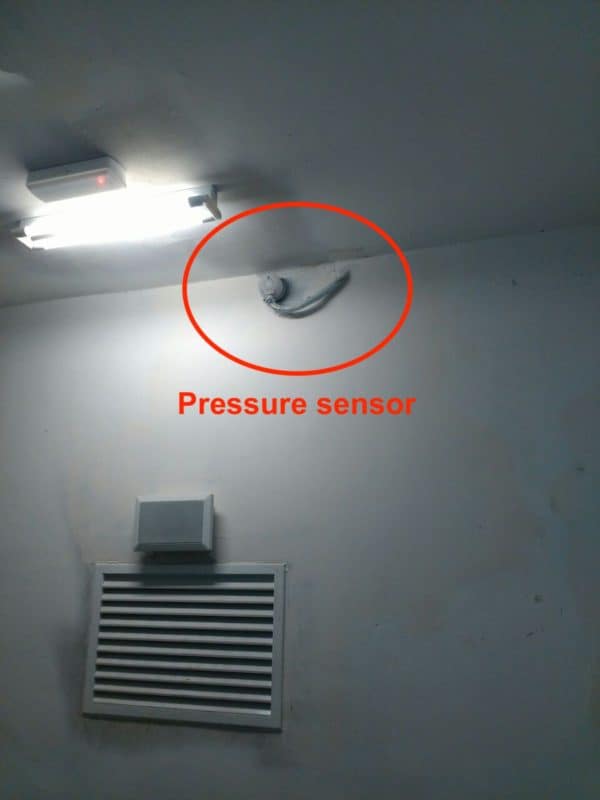
A differential pressure sensor has two tubes; one exposed to the staircase and the other one exposed to outside the staircase such as the corridor. The sensor measures the pressure difference between the two places.
Relevant post: What are Differential Pressure Sensors in HVAC?.
A good pressurization system uses variable speed fans. During normal mode, these fans are running in low speed to provide basic ventilation to staircases and lift lobbies. During fire mode, pressurization fans ramp up their rotational speed to pressurize the staircase and lift lobby.
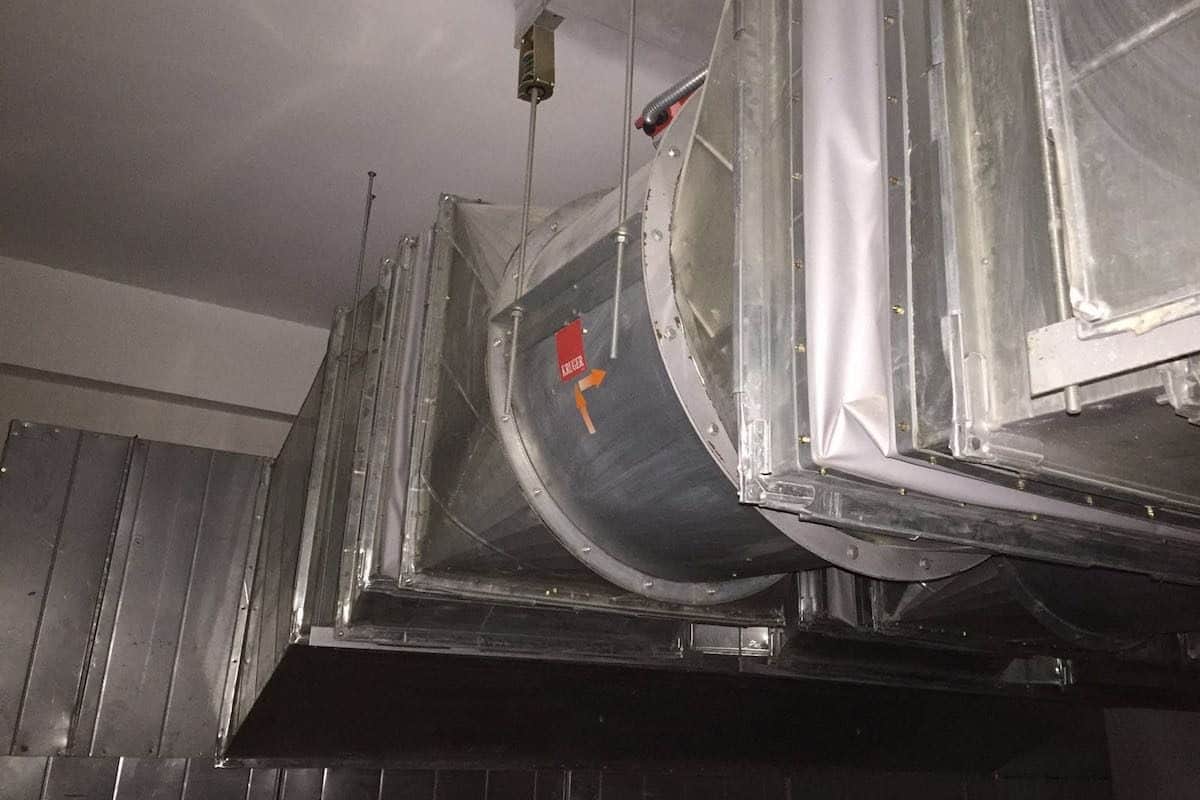
More resources: Pressurization Fan Duct Connection Basics.
Whenever there are more doors opened, pressure will drop and the differential pressure sensors will pick it up and feedback to the pressurization fan which will trigger the pressurization fans to boost the speed further to keep up.
However, the control must be tuned as precisely as possible to maintain a pressure of 50Pa for the entire staircase. If the pressure within the staircase is too high, kids and women will not have enough strength to push open the staircase door.
Most evacuation staircase doors open inward into the staircase rather than outward. So, we have to push the door open in order to enter the staircase. This is because we need to make sure that the staircase is able to be pressurized regardless of the condition of the door.
If the door was to open outward instead, a broken door will just slam open when the staircase is pressurized, causing the pressure can’t build up inside the staircase.
Vice versa, the pressure within the staircase cannot be too low either. Else, the smoke will slowly creep into the staircase, choking the escaping people and slowing down the evacuation.
Previously, I was commissioning and fine-tuning a staircase pressurization system. I observed that at about 80Pa, the door is really hard to open (need full-body push). Then, at about 30 Pa, some smoke will creep into the staircase. So, follow the standard of 50 Pa is the best.
Nonetheless, some older pressurization systems don’t have variable speed fans. Instead, they use a pressure relief damper to let loose the pressure when it gets too high.
However, such a method responds too slowly to the pressure changes and thus, new pressurization systems are using variable speed now.
In the meantime, I would like to inform you that you can learn quicker by getting my HVAC Begin (eBook) if you’re a beginner. But, if you have a year or two of experience, then I would suggest you consider my HVAC Basics (eBook). Nonetheless, I encourage you enroll in my HVAC Beginner Course: 10 Days to Become Competent in HVAC if you want to equipped yourself with a complete set of basic HVAC skills.
HVAC Beginner Course
Learn the most basics and foundational HVAC skills including cooling capacity calculation, equipment selection, duct sizing, pipe sizing, exhaust fan sizing, controls, electrical and more.
Lift Lobby Pressurization System
When it comes to the lift lobby, it is pressurized using what we called the sandwich system. Basically, when the fire alarm triggers the pressurization system to run, only 3 floors lift lobby will be pressurized with the middle floor being the fire source.
When there is a fire, either the heat or the smoke will trigger the fire alarm. The fire alarm system is intelligent enough to know exactly which sensor is triggered. Hence, we know which floor is the fire source.
Then, pressurization fans will start pressurizing the lift lobby of the floor where the fire started. At the same time, the lift lobby of one floor above and below the fire source floor will also be pressurized. Hence, sandwiching the fire source.
Unlike the staircase, the lift lobby is not interconnected. Hence, it is extremely difficult to pressurize the lift lobby on each floor while maintaining an equal amount of pressure. In addition, there are too many doors in a lift lobby. If any of the doors is opened, it is impossible to build up the pressure.
The Sandwich System
Similar to the staircase, lift lobby pressurization fans also normally run at low speed to ventilate the lift lobby. Every lift lobby has a motorized damper behind a large grille.
During a fire, all motorized dampers must close except the dampers for the 3 sandwich floors. If other dampers are not closed, the pressurization fans will not be able to build up the pressure for the 3 critical lift lobbies.
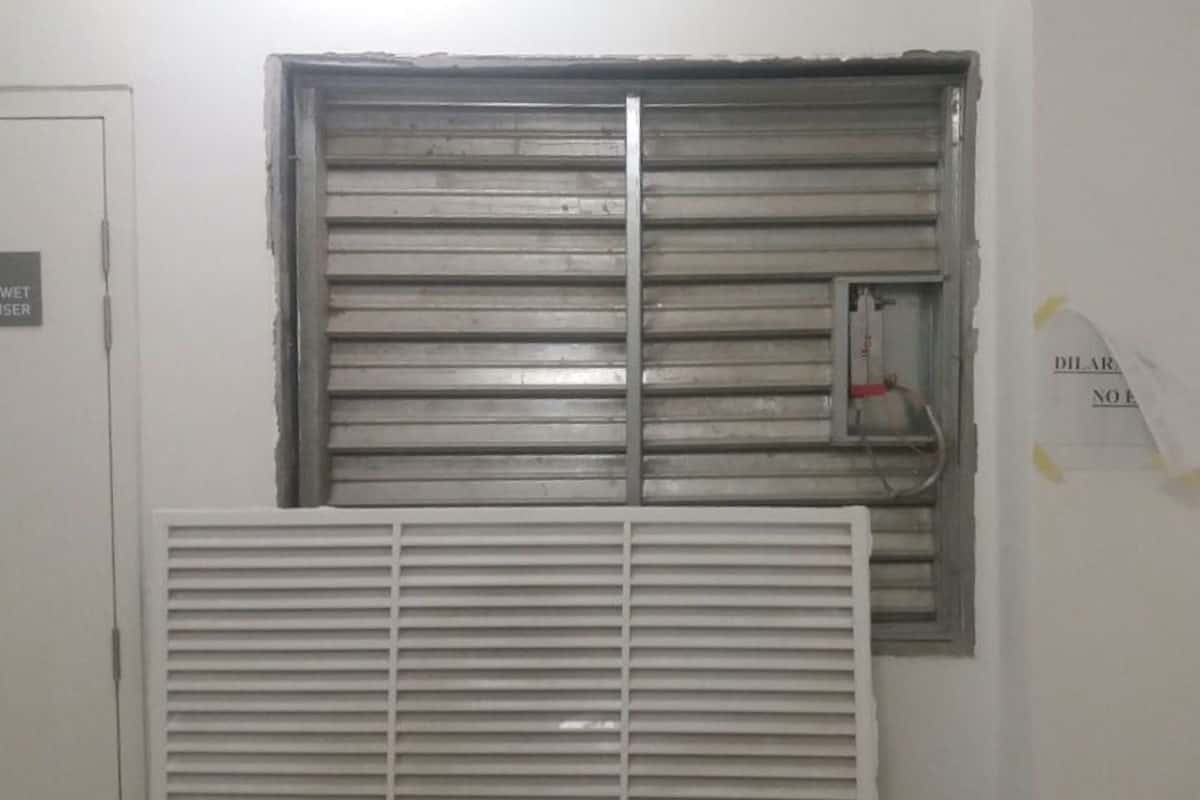

Once the lift lobby is pressurized, the pressure control principle is the same as the staircase using differential pressure sensors and variable speed fans.
However, the pressure in the lift lobby should be slightly lower than the staircase because the staircase is the main escape route. Let the lift lobby pressure be at about 5 Pa lower or 45 Pa but make sure the smoke doesn’t come in.
Although 50 Pa pressure is the standard, you must confirm that all doors are able to block the smoke but not too hard to open at the same time. The position of the grille can change the pressure that you need. Doors that are closer to the grille are more effective against the smoke while doors at the back may be weaker.
In short, you must make sure that the pressurization system performs as intended which is to prevent the smoke from entering the staircase and the lift lobby as well as not obstructing the evacuation, regardless of what is the standard pressure rating.
Failure Prevention
The actuator of the motorized damper for the lift lobby is advisable to use the spring-return type which is a mechanical type that will bounce the damper back to close position when power is cut. An electrical-powered actuator may not close if one of the relays is burnt or some cables melted.
Speaking of cables, all power and control cables related to the pressurization system must be fire-rated to withstand the heat during a fire, obviously.
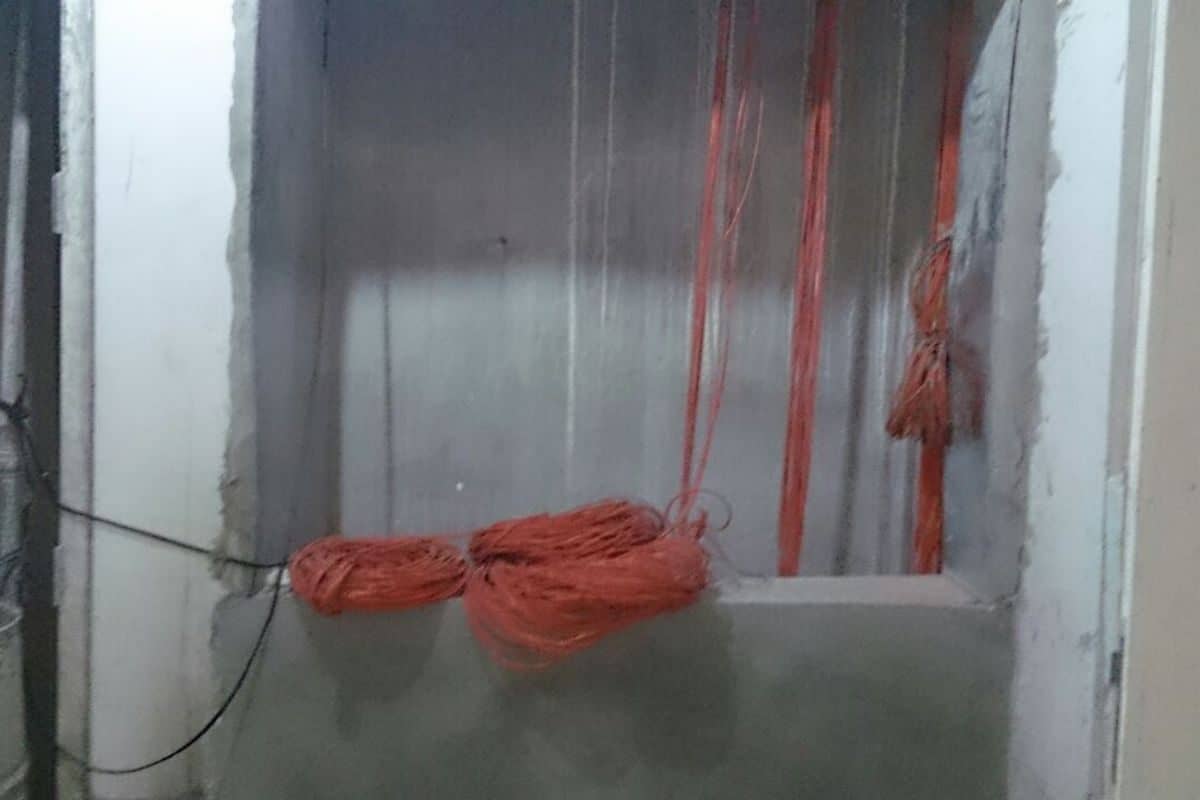
Similar to the smoke spill system, the canvas and fan motors must be fire-rated. Besides, there should be no overload tripping mechanism for the pressurization fans to keep them running for as long as possible.
As for the pressurization ducts, they are required to be fire-rated as well. Most pressurization systems use vertical concrete shafts to distribute the air. However, using ducts inside the shaft is more preferred to reduce air leakages.
In addition, the wall opening at the lift lobby must be precise. Otherwise, dampers that are squeezed into the opening may be deformed over time and not able to work properly during an emergency.
Pressure Balance
The pressurization fans are usually located either on the highest floor or somewhere in the middle. They will be installed inside dedicated mechanical rooms with large external louvers for fresh air suction.
If the staircase has a pressurization air grille on every floor, floors that are closer to the pressurization fans will have the highest pressure even though the entire staircase is interconnected. Thus, pressure balancing is impossible.
Therefore, staircase pressurization grilles are not provided for every floor. Instead, a pressurization grille will be installed at every 3-4 floors in the staircase. Furthermore, there is an opposed blade damper at each grille for us to balance the air.
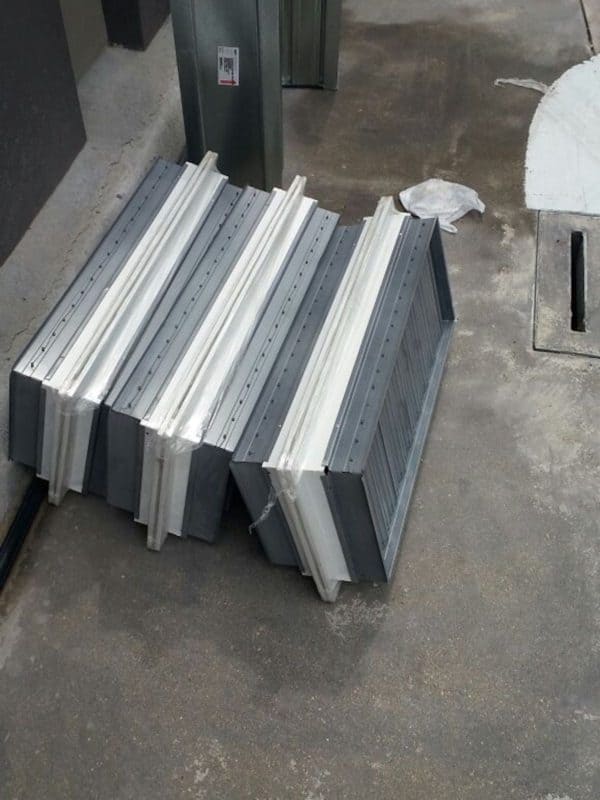
However, a pressurization grille is needed for each lift lobby because lift lobbies are not interconnected. The grilles do have a damper for us to balance the air but it is not very crucial because when the sandwich system is activated, the 3 lift lobbies will get almost equal pressure.
It is very easy to over-pressurize the 3 lift lobbies. Thus, pressure relief dampers and variable speed fans must take action to maintain a healthy pressure or else, it could spell disaster.
Pressurization fans are no different from smoke spill fans. However, pressurization fans usually have a variable speed drive to regulate their rotational speed. In short, I called variable speed fans but they are actually a fan plus a variable speed drive.
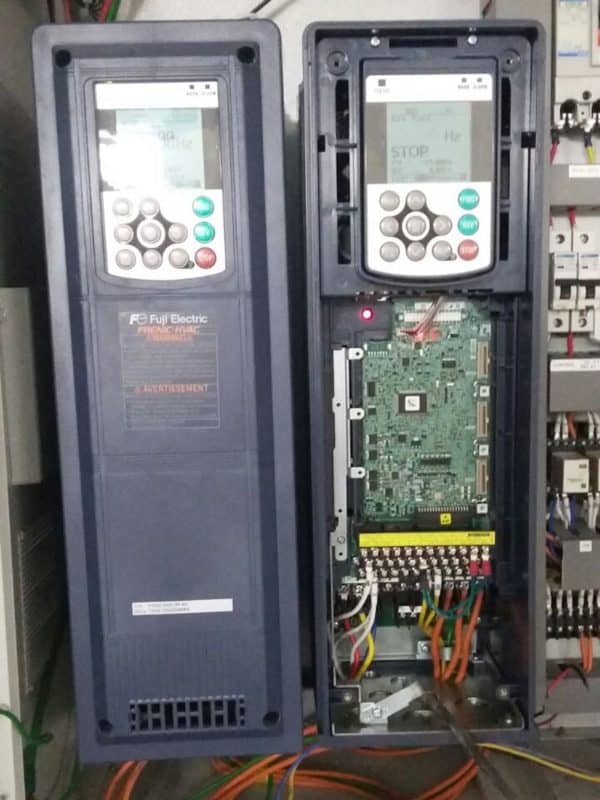
A variable speed drive is able to manipulate the electrical frequency and thus, control the fan speed. Typically, a fan is maxed at a frequency of 50Hz.
The minimum frequency a fan can run is about 30Hz depending on the fan manufacturer. In dire cases, a fan can run at 60Hz or more but be sure to seek the fan manufacturer’s advice on the consequences.
In addition, the differential pressure sensors must be located at about 1/3 of the vertical length of the pressurization shaft. If the building is very tall, you may need two pressurization systems and thus, there will be two differential pressure sensors.
As for the lift lobby, you need one pressure sensor for each lift lobby since they are not interconnected.
Conclusion
The pressurization system must be able to perform as intended regardless of what standards you follow. These standards are very close to what a properly functioning pressurization looks like. So, do follow the standards and the project requirement as well as make adjustments until the system is able to actually save lives during an emergency.
“The staircase and lift lobby pressurization system is life and death.”
In summary, for a properly pressurized staircase, the air rushing out a fully opened staircase door must be at least 1 m/s of velocity. Differential pressure sensors are used in pressurization systems to feedback and control the pressure in the staircase and lift lobby.
A good pressurization system uses variable speed fans. During normal mode, these fans are running at low speed to provide basic ventilation to staircases and lift lobbies. During fire mode, pressurization fans ramp up their rotational speed to pressurize the staircase and lift lobby.
However, the control must be tuned as precisely as possible to maintain a pressure of 50Pa for the entire staircase. If the pressure within the staircase is too high, kids and women will not have enough strength to push open the staircase door.
The actuator of the motorized damper for the lift lobby is advisable to use the spring-return type which is a mechanical type that uses spring to close the damper when power is cut. All power and control cables related to the pressurization system must be fire-rated to withstand the heat during a fire.
Besides, the canvas, fan motors and ducts must be fire-rated and there should be no overload tripping mechanism for the pressurization fans to keep them running for as long as possible.
In addition, the wall opening at the lift lobby must be precise. Otherwise, dampers that are squeezed into the opening may be deformed over time and not able to work properly during an emergency.
A pressurization grille will be installed at every 3-4 floors in the staircase. However, a pressurization grille is needed for each lift lobby because lift lobbies are not interconnected. In addition, the differential pressure sensors must be located at about 1/3 of the vertical length of the pressurization shaft.
Typically, a fan is maxed at a frequency of 50Hz. The minimum frequency a fan can run is about 30Hz depending on the fan manufacturer.
Lastly, consider my HVAC Begin (eBook) if you’re a beginner and you want to have a foundational knowledge in HVAC. But, if you have a year or two of experience, then I would suggest you consider my HVAC Basics (eBook). Nonetheless, I encourage you enroll in my HVAC Beginner Course: 10 Days to Become Competent in HVAC if you want to equipped yourself with a complete set of basic HVAC skills.
HVAC Beginner Course
Learn the most basics and foundational HVAC skills including cooling capacity calculation, equipment selection, duct sizing, pipe sizing, exhaust fan sizing, controls, electrical and more.
If you have anything to add (or ask) about this topic, leave a comment down below!


